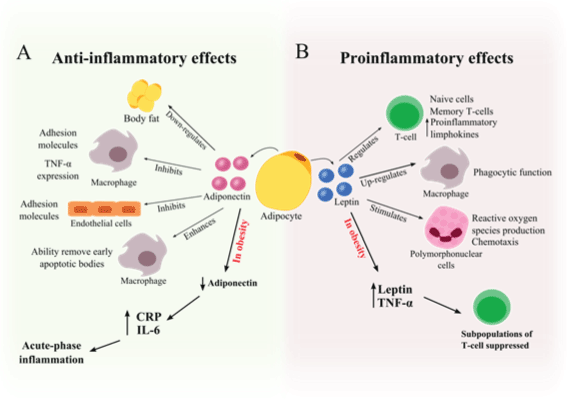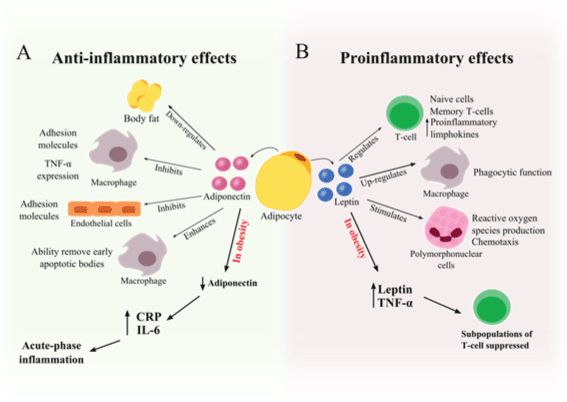This article is also published on Publish0x.
Introduction
Overweightiness and obesity is a serious problem in the United States. According to the CDC, the obesity prevalence among adults in 2017-2018 was a 42.4%, up from the 1999-2000 prevalence of 30.5%. Thanks to the COVID lockdowns in 2020, the rise in sedentary habits, stress, and depression made the problem even worse. A very recent study from Woolford et al. (2021) found that overweightiness and obesity among 5 through 11 year olds went from 36.2% to 45.7%.
While a lot of attention is being put towards the delta variant of COVID, in my opinion, not enough attention is being put towards obesity especially since it has been affected by COVID measures. Not only does it increases the financial burden in medical costs, but it is among the biggest risk factors for COVID. According to CDC's March 2021 study, "among 148,494 adults who received a COVID-19 diagnosis during an emergency department (ED) or inpatient visit at 238 U.S. hospitals during March–December 2020, 28.3% had overweight and 50.8% had obesity".
The ramifications aren't fun. For one thing, inflammation is more rampant in obese adipose tissue. Adiponectin will be low whereas leptin will be high. The former is a hormone that helps the muscles uptake glucose, helps the liver regulate lipid & glucose metabolism, and is anti-inflammatory. In contrast, leptin (also a hormone) increases inflammation via cytokines, recruitment of white blood cells, and promotion of reactive oxygen species. Cytokines are the chemical "alarm bells" that cause the inflammatory response and reactive oxygen species can damage cells at high quantities.

As you may have already hypothesized, this will leave an obese person more vulnerable to COVID or any virus, for that matter, due to all the inflammation, cell damage, and weakened immune system.
So the solution is seemingly simple. Lower the amount of body fat over time and eventually, the hormone levels should go back to normal. Unfortunately, it's much more complicated than that for many reasons. For instance, a person who just recently lost weight tends to have a lower metabolic weight than a similarly heavy person who maintained his/her weight for years. Another reason is how people eat. Many people associate obesity with high fat consumption.
While high fat consumption definitely increases body fat, a lot of people do not realize that high sugar consumption can also raise the body fat percentage. Our bodies run on a lot of intricate reactions and cycles that allow us to, for instance, store energy for later or if we need that instant boost to run away from a bear.
How Can Sugar Increase Body Fat?
The name of the game when it comes to metabolizing sugar is to create ATP, a biomolecule that gives us energy. The first step is glycolysis, where glucose is split into pyruvate. Pyruvate, then, can be converted into acetyl-coA which is used for the citric acid cycle (TCA cycle). The TCA cycle helps generate a bunch of NADH and FADH2 which will be used in the electron transport chain. The NADH and FADH2 will help create a proton gradient which will drive ATP synthesis in the ETC.

Glycolysis

Citric Acid Cycle
However, what happens if you consume a large amount of sugar? To avoid hyperglycemia, your body will try and save that glucose for later by converting it into different biomolecules. One way is to convert glucose into glycogen which will be saved in the liver. However, this is not the only way your body stores energy.
As your body is breaking down a bunch of glucose via glycolysis, you will be left with a lot of pyruvate which will be converted into acetyl-coA. However, if your body already has enough ATP, then there is no point in spinning the TCA cycle and activate the electron transport chain. So what happens to all of that excess acetyl-coA? It is used for fatty acid synthesis.
With help of biotin, some of the acetyl-coA will be converted to a compound called malonyl-coA. Through an enzyme called fatty acid synthase, it will use acetyl-coA and malonyl-coA as building blocks to make palmitate, a fatty acid. The palmitate will, then, be stored in the body until it is needed for energy.

With biotin, acetyl-coA can be converted into malonyl-coA.

A "simplified" diagram of how fatty acids are synthesized via fatty acid synthase (FASN). Remember, the acetyl-coA and malonyl-coA used to be glucose.
So while it seems like sugars and fats are entirely separate compounds, you can see (I hope) how glucose can eventually be converted into fat. This is why even if you consume little fats, if you eat a lot of carbs, your body fat percentage will rise.
Conclusion: Watch What You Eat, Like Really Watch What You Eat
There are many things we like to eat that contains a lot of sugar, particularly refined sugars. Pies, donuts, cereal, muffins, and white breads, for instance, contain a lot of refined sugars and provide way more glucose than we necessarily need. Even foods that we do not expect to have a lot of sugars do because many companies like to add sugars to make their products taste better. Oh, and don't even get me started on high fructose corn syrup which is seemingly everywhere.
With all of these high sugar foods easily accessible and highly abundant, it is easy to get yourself into a high carbohydrate diet. It's a very serious problem because as I showed above, those excess sugars will be converted into fat and can exacerbate overweightiness or obesity. And that large quantity of body fat will promote more inflammatory responses and reactive oxygen species as your immune system gets weaker due to hormonal imbalances. This is extremely relevant in context to COVID, risk factors, and the 2020 lockdowns.
While I'm not a nutritionist or an expert, there are some measures you can take. Even if you're not overweight or obese, eating healthily will help strengthen your immune system:
(1) Eat foods with lots of fiber. These would include vegetables (particularly leafy greens), fruits, and old fashioned oatmeal. The sugar in these foods also come with other nutrients like vitamins.
(2) Check the ingredients list and nutrition facts label for any added sugars. If sugar is near the beginning of the list, then most likely the sugar content is high. Also, be careful of the serving size as companies like to use unrealistically small serving sizes to portray their products as "low sugar".
(3) Moderate your consumption of "natural sugars". Whether you use raw honey or powdered sugar, your body will metabolize the glucose in both of these products the same way. Raw honey can be beneficial as it contains antioxidants, but even so, it has a high sugar content so be careful.
(4) Get plenty of exercise or be physically active a few hours a day. Burning those calories are as important as eating the right stuff.




